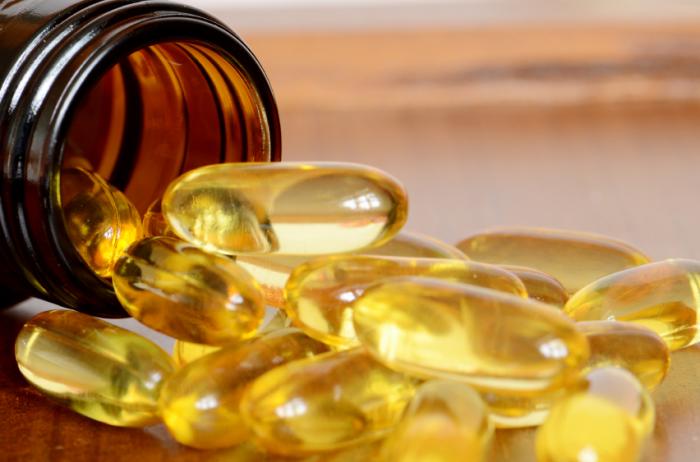Vitamin D: The Sunshine Vitamin
“For hundreds of thousands of years, man has lived with
the sun: Our ancestors were outdoors far more often than indoors. We developed a dependence on sunshine for health and life, so the idea that sunlight is dangerous does not make sense. How could we have evolved and survived as a species, if we were that vulnerable to something humans have been constantly exposed to for their entire existence?”
~ Dr. Frank Lipman, Internationally recognized expert in the fields of Integrative and Functional Medicine and practicing physician
Winter is coming to an end – But we still won’t get enough Vitamin D from the sun until May! Why is Vitamin D important and how much is enough ? A 2008 study by Johns Hopkins researchers found that low levels of Vitamin D lead to a significantly increased risk of death. This study, published in the Archives of Internal Medicine 168(15) pp 1629-37, included a large diverse sample of both men and women. The conclusion of the researchers was as follows: “We think we have additional evidence to consider Vitamin D deficiency as a separate risk factor for death from cardiovascular disease.” Similarly researchers at the University of Colorado at Denver and Massachusetts General Hospital evaluated the association between Vitamin D levels and death rates for those 65 and older and found that Vitamin D plays a major role in reducing the risk of death associated with older age.
Vitamin D is so much more than bone health – it appears to play a major role in the pathogenesis of several cancers, as well as heart disease, stroke, hypertension, diabetes, depression, pain, osteoarthritis, muscle weakness and wasting as well as periodontal disease.
Many people are deficient!
Why? We live indoors more and we have become fearful of the sun and use lots of sunscreen. We also have less ability to make it as we age. In addition, we often shower soon after outdoor activities, and Vitamin D, being an oil soluble steroid hormone, washes away from your skin if using soap and water after sunbathing (avoid the soap and use only water when possible). In addition, some Vitamin D supplements can be hard to absorb.
What should your Vitamin D level be?
The optimal range is a 25 (OH) D of 50-80 ng/ml. Only when the serum level gets to 50 do you store it for future use. At levels below 50, your body uses it up as fast as you are making it. If you avoid the sun you must take at least 5000 iu’s of Vitamin D3 daily – note that the skin makes 10,000 iu’s in response to 20-30 minutes of sun exposure (vitamins K2 and magnesium
supplementation important when taking vitamin D3).
The Vitamin D Council suggests the following options for ensuring adequate Vitamin D levels :
1) receive safe midday sun exposure in late spring, summer and early Fall – exposing a good deal of the skin (UVA is what radically increases your risk of skin cancer and photoaging
of your skin. So while it will give you a tan, unless the companion UVB rays are available you’re likely doing more harm than good and should probably stay out of the sun to protect your skin).
2) use a safe UVB sunbed in colder months for vitamin D absorbtion only, avoid burning.
3) Take at least 5000 iu’s of vitamin D3 per day for 3 months then obtain a 25(OH) Vitamin D test – adjust your dose so that blood levels are between 50-80 ng/ml year round.
4) Get Vitamin D levels checked regularly to be sure your are in the optimal range.
5) Take Vitamin D in an oil-based form gel cap or as oil based drops- it is a fat soluble vitamin and is best absorbed this way.





Leave A Comment